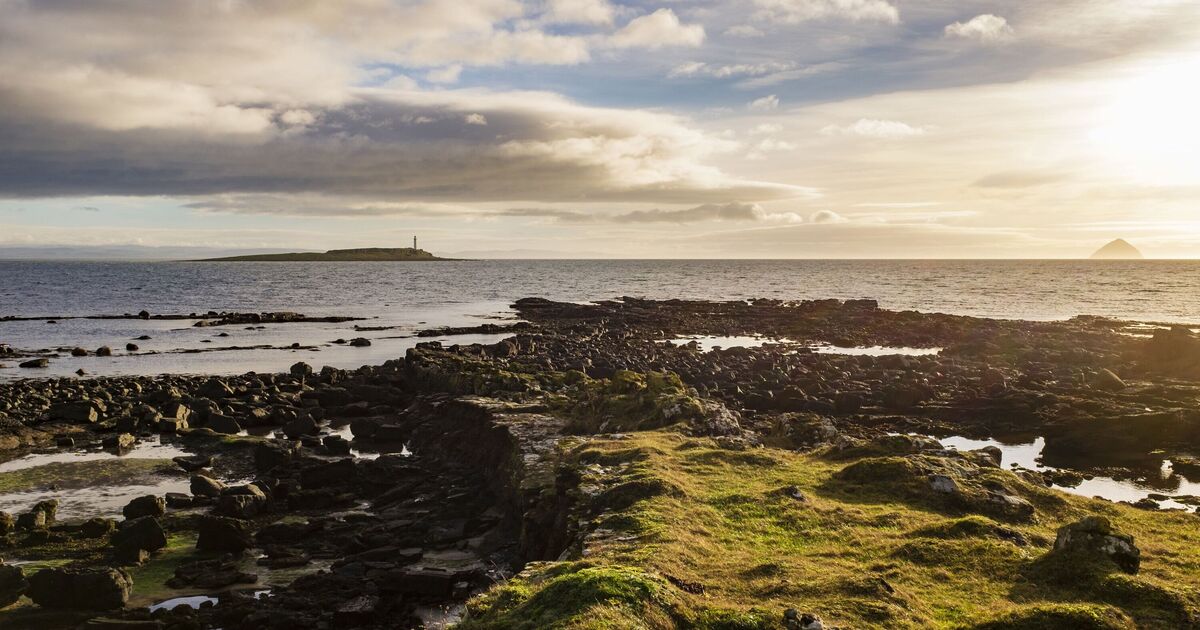A beautiful UK island has been awarded Global Geopark Status for its rich bidoversity and geological heritage. It is the tenth site in Britain to gain the international recognition from the United Nations Educational, Scientific and Cultural Organization (UNESCO).
The Isle of Arran, which is known as “Scotland in Miniature”, is the seventh largest island in Scotland. It is loved by tourists for its rugged coastline, dramatic mountains, secluded beaches and tasty local produce. The Geological Society has recently described Arran as “one of the best locations for fieldwork in Europe“.
A total of 229 sites currenty have the Global Geopark Status across 50 different countries. Elsewhere in Scotland, the North West Highlands was awarded the status in 2004 while Shetland was recognised in 2009.
As reported by The Scotsman, Sheila Gilmore, chairwoman of Arran Geopark and chief executive of VisitArran said: “We are thrilled to receive this recognition from Unesco. This designation is a testament to the hard work and dedication of our local community, who have long understood the value of our natural heritage.
“It provides us with an incredible opportunity to promote responsible tourism, encouraging visitors to enjoy our unique geology, fostering a deeper appreciation for the environment.”
Tourism bosses said that Arran will now offer a range of activities to tourists, including guided geological tours, educational workshops and conservation initiatives. The island spans almost 1,000 square km across land and sea, boasting great opportunities for wildlife spotting, amazing views and exciting adventures.
Angus Robertson, secretary for constitution, external affairs and culture, said: “Scotland’s natural heritage is world-renowned, and I’m delighted that the Isle of Arran has now been recognised as a Unesco Global Geopark.
“This is a proud moment for everybody connected to the island, whose dedication has helped secure this prestigious accolade. Arran’s remarkable landscape tells a global geological story and this new Unesco status ensures it will be preserved, celebrated and shared for generations to come, whether locals or visitors.”
Arran is composed of rocks from the last 600 million years. It’s well-known for its native wildlife such as red deer, eagles, adders, otters and seals. Nature lovers also have the chance to see unique tree species on the island such as the Arran Whitebeam, the Arran service-tree, and the Catacol Whitebeam.
There are two ferries which take tourists to Arran. The first is between Ardrossan and Brodick and the second between Claonaig and Lochranza. Both ferries take vehicles and it’s best to pre-book.
There are a number of hotels and restaurants on the island for visitors. Tourists can also enjoy distilleries, coffee shops and highly-rated golf courses during their stay.
The Isle of Arran has a number of positive reviews on TripAdvisor. It has an overall rating of 4.3 on the platform.
One visitor said: “We spent 5 days on Arran and loved it. The scenery and history is stunning. There’s something for everyone and all ages. We stayed in Lamlash but you’re very close to Brodick for all services and shopping. The narrow roads are a challenge in some spots, but you soon get used to them.”
A second added: “Came over for a few days mid September on the ferry from Ardrossan. Lovely pictutes island, definately Scotland in miniature. The largest island in the Firth of Clyde.
“Spotless, no litter or graffeti anywhere. Lots to do on the island from hill walking, cycling and wildlife watching. Arran has a little bit of everything. Worthwhile visiting.”
A third wrote: “Had a lovely day at Isle of Arran, however you do need more than a day to explore. We’ll definitely try and come back and stay a couple of nights on the island. We went to Brodick Castle then back to the ferry.”
